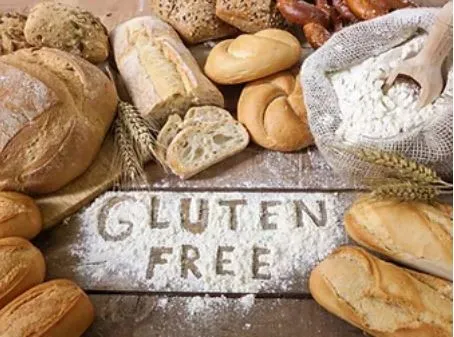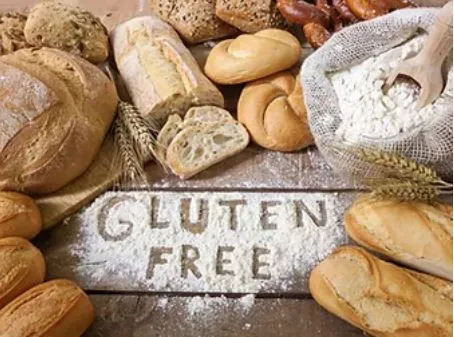If you are a person who works in the food industry or simply want to take care of your health and the health of your loved ones, it is important to have knowledge about food allergens. Allergens are substances that can cause allergic reactions in some people and are found in many common foods such as wheat, milk, eggs and nuts.
In our online allergen course, you'll learn everything you need to know about these dangerous food components, including how to identify them, prevent cross-contamination and how to treat an allergic reaction. Whether you work in a restaurant or simply want to keep your family safe, this course is a must for anyone who wants to learn about food safety and allergy prevention.
Don't wait any longer to expand your knowledge on this important topic and improve the quality of life for those around you - enroll in our allergen course today and become a food safety expert!
INTRODUCTION TO ALLERGEN COURSE. TOTAL LENGTH:
ADVERSE REACTIONS TO FOOD. TOTAL DURATION:
- Types of Adverse Food Reactions
- Classification of allergies
- Non-allergic reactions to foods
- Most common symptoms of allergies
DIAGNOSIS AND TREATMENT. TOTAL DURATION:
- Diagnosis of allergies, first stage.
- Diagnosis of allergies, second stage
- Diagnosis of allergies, third stage
allergens in food. TOTAL DURATION:
- Allergens in vegetables and fruits
- Allergens in other products and ingredients
allergens in natural rubber. TOTAL LENGTH:
- Frequently used objects made with latex.
- People exposed to higher risks due to the use of latex.
- Indications for the treatment of latex contact allergies.
RISK MANAGEMENT ARRANGEMENTS. TOTAL DURATION:
- Handling of raw materials in the production process
- Technical equipment and design of work areas
- Changes due to reforms or development of new products
- Records and document system
Hazard Analysis and Critical Control Points [HACCP]. TOTAL DURATION:
- Risk characterization for the presence of allergens
- Steps to perform risk characterization
- Recognize potential allergens present in the facility
- Identify all possible cross-contacts
- Assessment of the problems detected
- Evaluate the hazards of allergens and cross-contacts
- Evaluate control measures
- Assess consumer communication requirements
- Risk analysis of raw materials
- Documentation risk analysis
- Risk reduction recommendations [I]
- Risk reduction recommendations [II]
- Risk reduction recommendations [III]
APPLICATION OF ANALyTICAL TECHNIQUES. TOTAL DURATION:
- Requirements for food matrices
- Use of technology according to purpose
- Enzyme-linked immunosorbent assay [Elisa assay]
- Lateral Flow Device [Test Strip]
CLEANING OF FOOD PROCESSING AREAS. TOTAL DURATION:
- Requirements for effective cleaning
- Review and control of cleaning activity
- Validation of cleaning actions
- Elements for developing a validation study plan
- Physical validation requirements
- Analytical validation requirements
FOOD LABELING. TOTAL DURATION:
- General labeling requirements
- European Regulation No. 1169/2011
- Article 9.1 [C] List of mandatory particulars
- Article 21 Labelling of allergenic substances
- Article 36.3[A] Voluntary labeling ["may contain"]
- Article 44 Labeling of allergens in non-prepackaged foods
- ANNEX II: Allergenic or intolerance-causing foods
- Aspects of Regulation [EC] No. 41/2009
- Aspects of Directive 2009/39/EC
- Aspects of regulation [EU] No. 1169-2011
ACTIONS OF WORKERS IN THE INDUSTRY. TOTAL DURATION:
- Actions for allergen risk management.
GENERAL RULES TO PREVENT COVID. TOTAL DURATION:
- Personal hygiene standards
- Rules for the hygiene of work areas
- Rules for the organization of the production process
- Article 21 Labeling of allergenic substances
- Protocol for the care of persons with symptoms [COVID]
- Protocol for the detection of a case in the establishment.
- Measures for the protection of common areas
- Measures for protection in commercial areas
- Measures to maintain required levels of supplies
EXTRA DOCUMENTATION:

